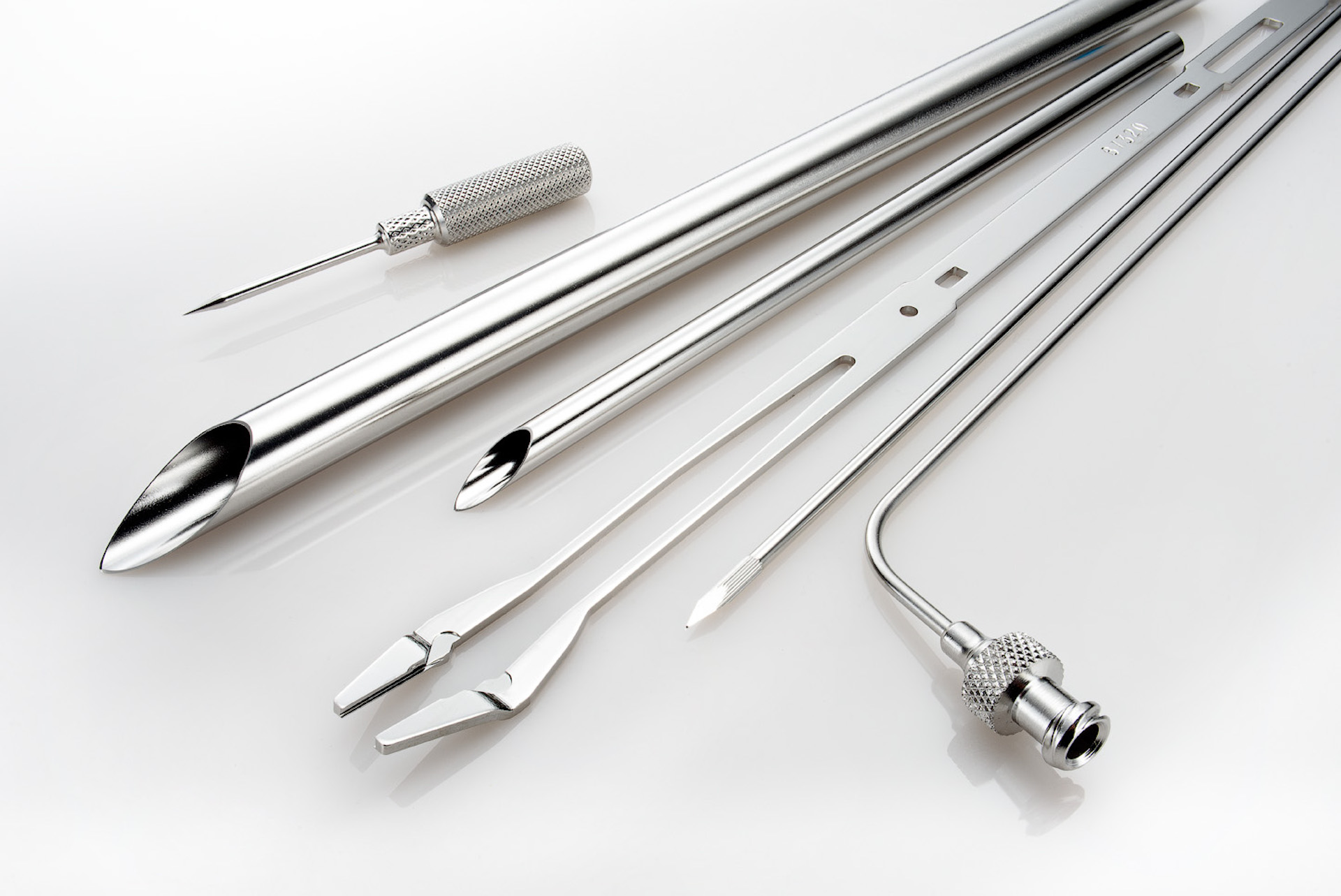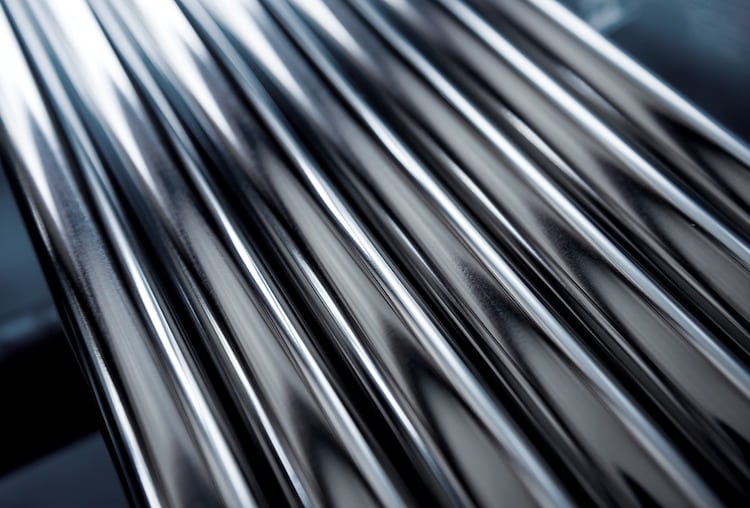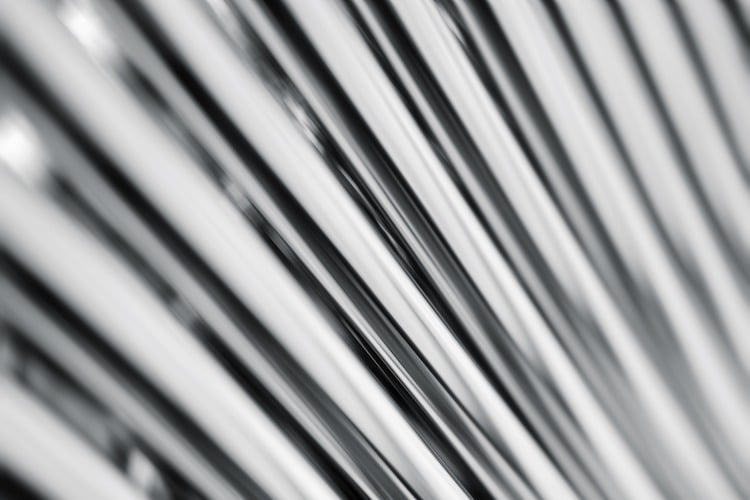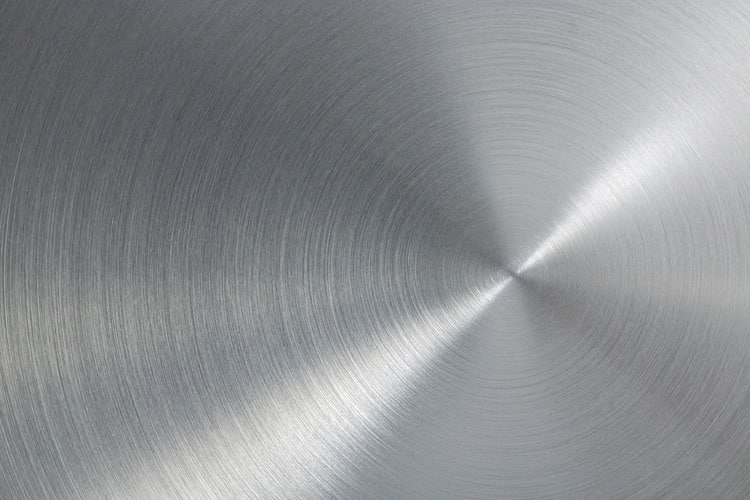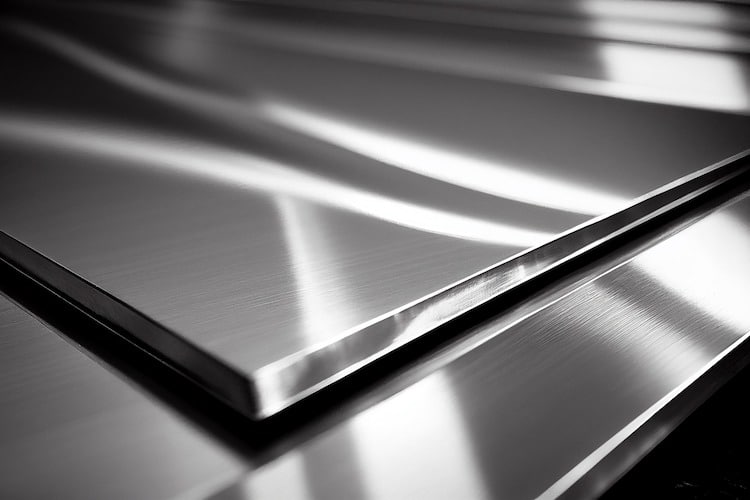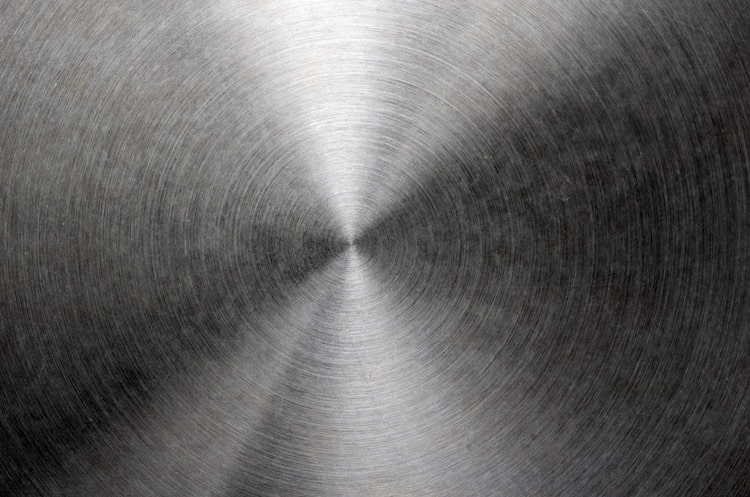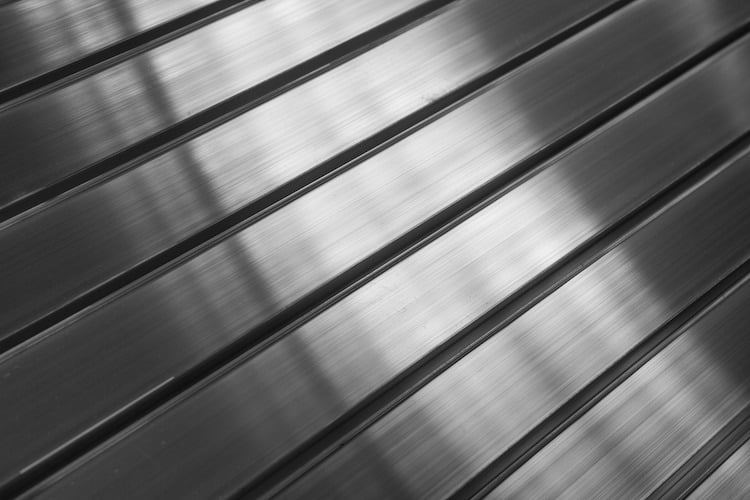Understanding 420 Grade Stainless Steel
Grade 420 stainless steel is another martensitic stainless alloy, known for its excellent hardness and polishability. It contains a higher carbon content compared to 410, which allows for greater hardness when heat-treated. This grade is widely used in surgical instruments, blades, and cutlery due to its exceptional sharpness retention.
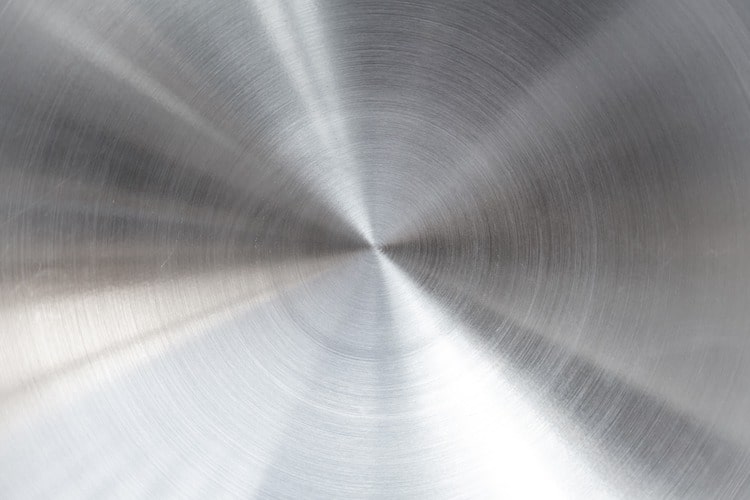
History of 420 Stainless Steel
420 stainless steel was introduced as a specialized grade for industries requiring materials with superior hardness and wear resistance. Its evolution was closely linked to the advancement of tools, medical equipment, and cutlery manufacturing, where edge retention and toughness were essential properties.
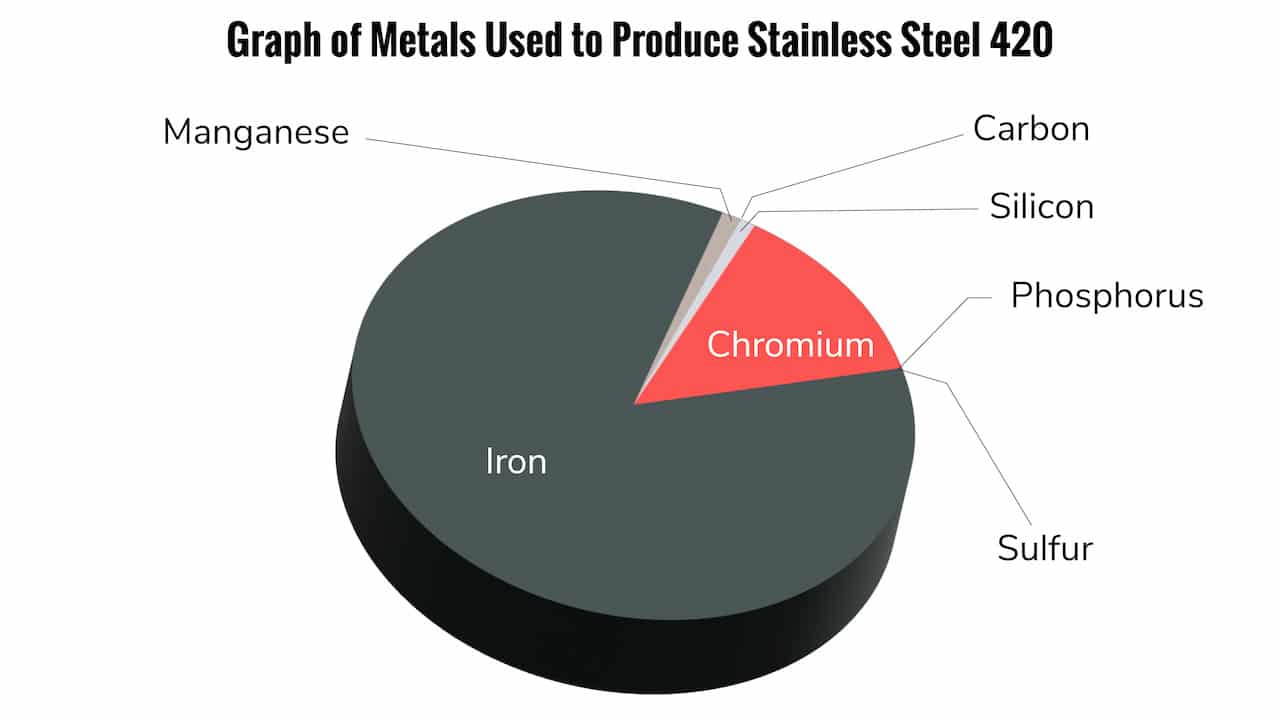
Advantages of 420 Stainless Steel
- Superior Hardness: With a higher carbon content than 410, 420 stainless steel can achieve even greater hardness after heat treatment, making it ideal for cutting tools and surgical instruments.
- Good Polishability: 420 can be polished to a mirror-like finish, which enhances its aesthetic appeal in decorative applications and also helps reduce friction for cutting purposes.
- Wear Resistance: 420 stainless steel offers excellent wear resistance, especially when hardened, making it suitable for tools, knives, and certain machinery components.
Disadvantages of 420 Stainless Steel
- Susceptibility to Corrosion: Despite being stainless steel, 420 is more prone to corrosion than austenitic grades, especially in highly acidic or saline environments.
- Ductility Issues: Like other martensitic steels, 420 can become brittle after heat treatment, making it unsuitable for applications where flexibility is required.
Applications of 420 Stainless Steel
420 stainless steel is known for its hardness and ability to be polished to a fine edge, making it ideal for:
- Surgical Instruments: Its superior hardness and ability to maintain a sharp edge make 420 ideal for scalpels, scissors, and other surgical tools.
- Cutlery and Blades: Often used for knives, especially those requiring high edge retention like hunting knives, razors, and scissors.
- Dental Instruments: Widely used in dental tools where precision, strength, and hygiene are essential.
- Hand Tools: Its toughness and wear resistance make it suitable for hand tools like chisels and screwdrivers.
- Machine Components: Used in pumps, shafts, and other components that benefit from its wear resistance and strength.
